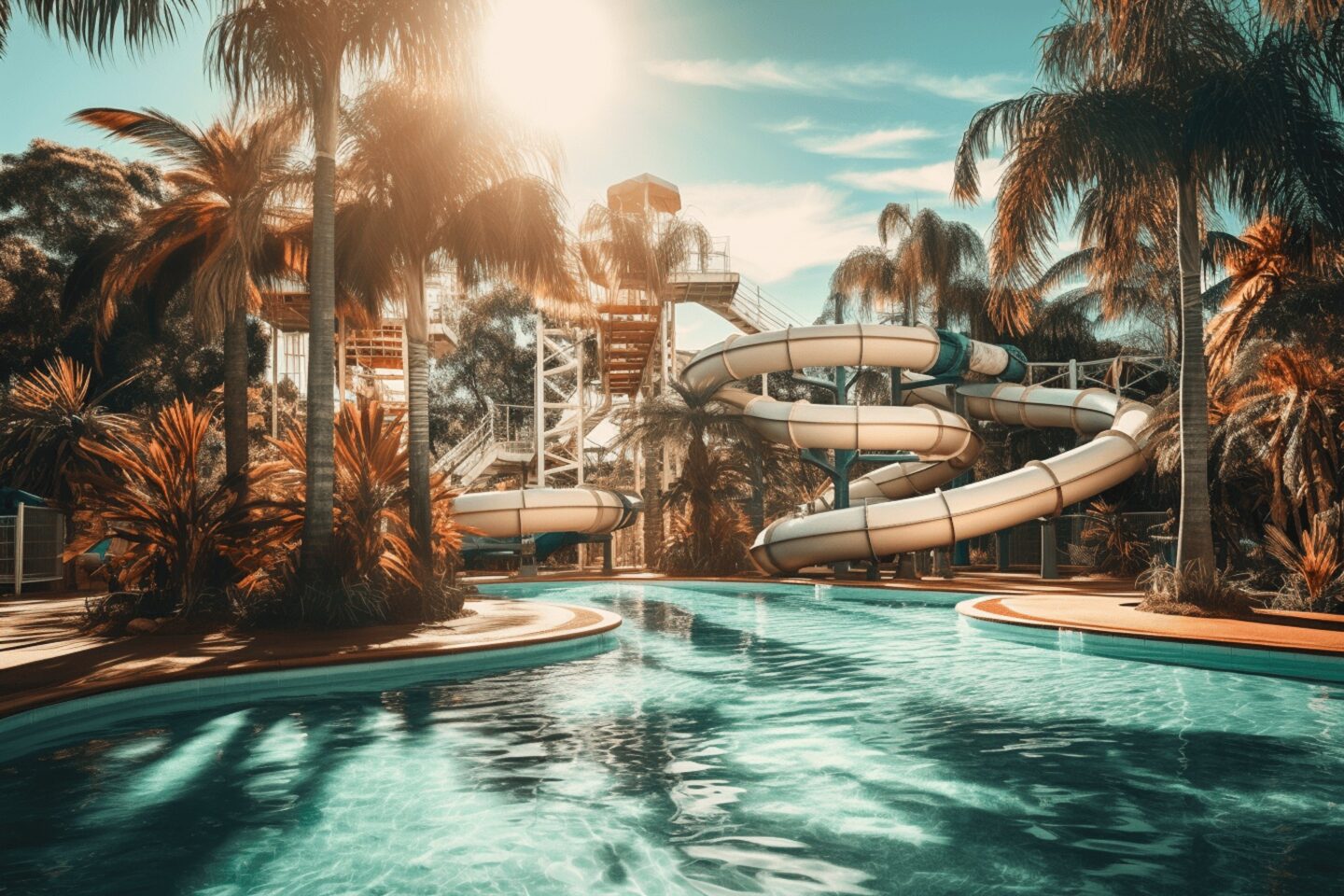How to Write Headlines That Drive Traffic and Engagement
The headline is often the lifeblood of the article. On the Internet, the headline is what makes the reader decide whether or not to click on the story.
A good headline makes the reader want to find out more. Headlines should be somewhat intriguing, witty, where possible, and capture the essence of the article or ad text. When crafting a memorable and engaging headline, however, keep in mind that it should never be misleading or dishonest.
In paper publications, the rules are a little different. While it is true that the importance of a good headline should not be underestimated in print media either, the latter also offers other ways of arousing interest in readers, such as adding photos and first-level information (information boxes, graphics, extracts, additional stories, etc.).
This article discusses tips on how to find an effective headline for your article, ad text, news story or blog post.
How to ensure a good headline
- The headline uses witty puns.
- The headline contains interesting verbs or adjectives.
- The headline contains the words shocking, alarming, surprising, or slam.
- The headline does not contain the words to get, to go and to say.
- The headline does not contain officialese or complex technical terms.
- The headline is visually medium-length.
- To find the best possible headline, try out several different versions!
Now let’s look at these points in a little more detail.
Witty puns catch the reader’s attention
Example
After the melting of sea ice in the spring, a large amount of wood debris (driftwood) accumulates on beaches. The local government is responsible for cleaning up the beaches. Citizens are angry that nothing has been done to get rid of the driftwood. This is a mundane story that comes up virtually every year and offers little opportunity for writing a captivating article. This is where a good headline can work wonders. Here, a clever journalist could write a regular communal news story with the following headline: “City government adrift as driftwood litters beaches”.
Slight artistic exaggeration is not against the rules if it helps keep things interesting. Adding a bit of colour and drama can make even the dullest stories ‘sufferable’ for readers.
A fresh choice of words draws the reader in
Example
A news story on high rates of seasonal viral infection on a local level. Another story that repeats every year in the winter and can be difficult to approach with originality. Unless the article contains information about flu deaths (mortalities are almost always the centrepiece of the headlines of such articles), drawing in more readers requires a more creative solution.
- Common cold on the rise…
- Virus runs wild…
- Flu wreaks havoc…
- Viral infection strikes…
- Contagion haunts…

Which words ensure the reader’s interest?
Certain verbs are practically guaranteed to arouse interest in the reader. These include shock, surprise, amaze, etc., however they need to fit the context and should always be used tastefully. Such words are often overused in the headlines of online articles, as in the case of slam.
Example
Activist group slams government inaction on rising air pollution
EU Commission slams Facebook over misleading user terms
Pop singer slams critics on Twitter
Which words should you avoid in article headlines?
Boring verbs like to get, to go, and to say should be dropped, where possible, in favour of more creative phrasing.
Example
Perth residents to get a new water park
Plans revealed for new water park in Perth
Excessive officialese
Excessive use of officialese and obscure technical language can also drive away readers.
Example
Medical professionals initiate surgical intervention to preserve vital functions of competitive automobile driver following collision at high velocity
Racing driver in surgery after life-threatening crash
How long should a good headline be?
A captivating headline is neither too long nor too short. Ultra-short headlines (e.g., only two words long) are only better in terms of substance and visual appeal on paper. Paradoxically, the same applies to excessively long headlines.
Whenever possible, it is best to avoid extremes and find a golden mean instead. Note that while a good headline should hook the reader, it does not need to convey all of the information contained in the text that follows it.
Example
Successful businessmen and founders and owners of furnishing company Time & Mike Furnishings, Tim Teeter and Mike Miser, happily married as of this summer, to become parents in November thanks to surrogate mother living in U.S.
Newlyweds Tim Teeter and Mike Miser to become dads

Using quotes
While a combination of colons and quotes is all the rage right now, you should try to use it sparingly. Whenever you do decide to include a quote in the headline, remember that using people’s full names is excellent for SEO.
Example
Coach Victor Winner: ‘I am still shocked by our poor performance in Germany’ (Google will show this article under searches for ‘Victor Winner’; the story will generate more clicks than usual)
Coach shocked by team’s poor performance in Germany (this story will generate fewer clicks than the first one, despite essentially saying the same thing; the article may not turn up when searching for the name of the coach)
Testing out different headlines is the key to finding what works best.
The effectiveness of a headline is easily measurable in digital media. Sometimes all it takes to lure more readers in is to choose a new headline, rephrase the existing one or just add a quote or a subheading with more details.
Example
Former mayor does not miss old job
Additional heading with a quote
Mayor: ‘At that moment I seriously considered getting a gun’
What defines an effective headline?
There is no single formula that always guarantees a good headline for your article, news story, marketing text or blog post. Hopefully, however, you will have found a few useful tips in this article to put you on the right track.
See also

Mastering Machine Translation: Write Smart, Save Big

10 countries with the most English speakers

